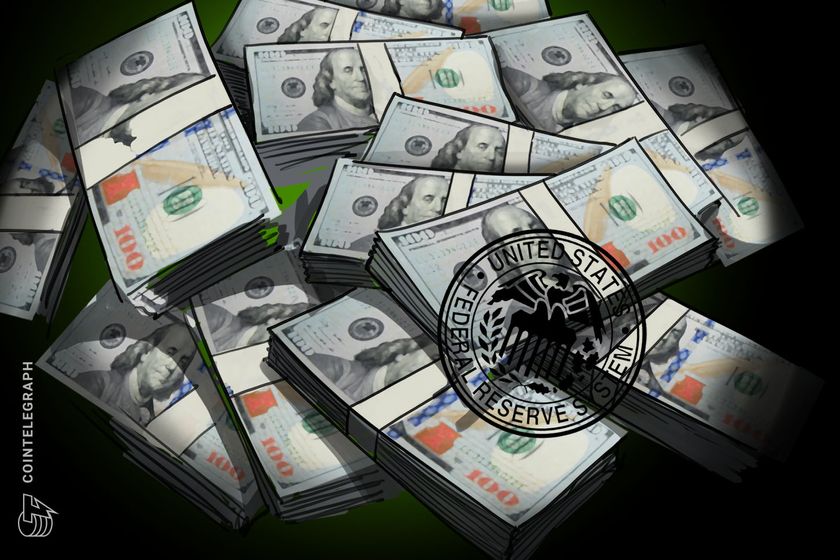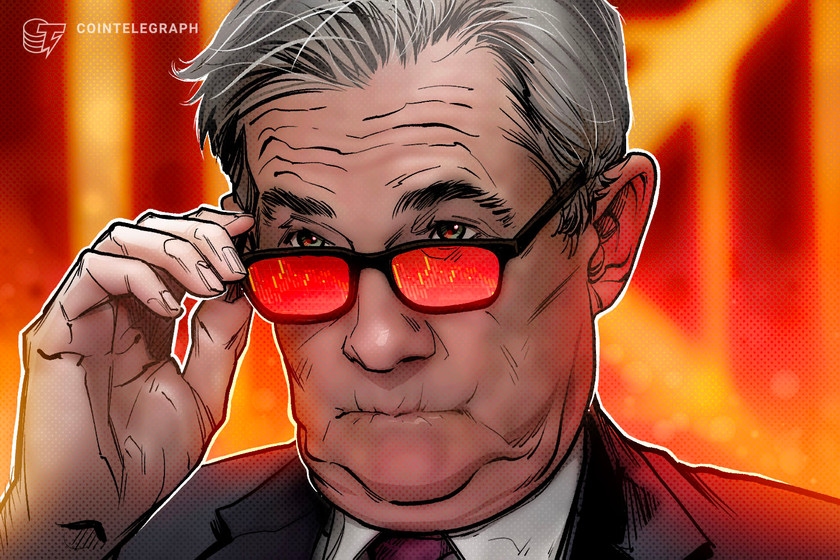Don't get excited about Fed 'dovishness' — another rate hike is in the cards


Contrary to Jerome Powell’s intimations, inflation is likely to rise in the months ahead. If the Fed does not hike rates in 2024, the problem will get worse.
December’s Federal Open Market Committee (FOMC) meeting was a huge boon for markets. Risk assets — including cryptocurrencies — soared as the central bank appeared to take a more dovish stance on monetary policy. But the markets may be in for a nasty surprise in 2024 as the Federal Reserve faces an uphill battle against price increases, which may well force policymakers to hike again to reach their 2% inflation target.
The overwhelming expectation right now is that the Fed has won its battle against inflation. However, this is not what economic analysis shows. In fact, the recent slowdown in price growth is very likely to prove temporary — with inflation soaring again next month to finish the year around 3.5%, and remaining sticky well into 2024. This will be problematic for the central bank, whose dual mandate stipulates it must control prices while maintaining maximum employment.
So far, it has certainly succeeded with the latter. Unemployment remains at historically low levels, dropping from 3.9% in October to 3.7% in November. The economy added 199,000 jobs that month, beating analysts’ expectations. Wage growth also continued to outstrip inflation for the fifth month in a row in October, rising again to 5.7% after a brief hiatus.











































